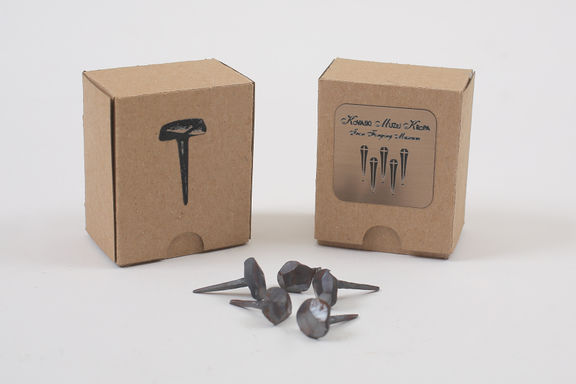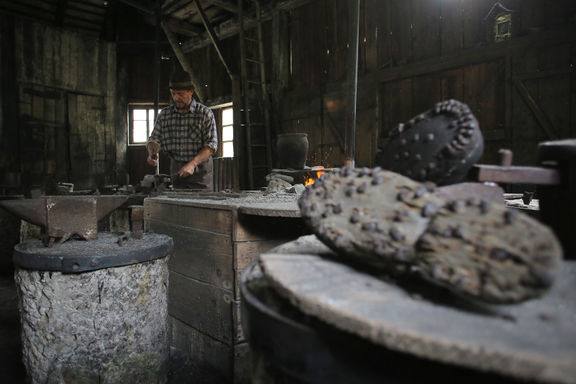Difference between revisions of "Kropa Iron Forging Museum"
| Line 21: | Line 21: | ||
}} | }} | ||
{{Contact | {{Contact | ||
| − | | name = | + | | name = Guide |
| − | | role = | + | | role = |
| telephone = 386 (0) 4 533 7200, 386 (0) 4 532 0520 | | telephone = 386 (0) 4 533 7200, 386 (0) 4 532 0520 | ||
| email = kovaski.muzej.kropa@mro.si | | email = kovaski.muzej.kropa@mro.si | ||
Revision as of 23:51, 20 March 2017
Saša Florjančič, 04/533 72 01, 04/53 20 520,
Collection
The museum introduces the commercial, social, demographic, and cultural circumstances of the settlement and neighbouring sites from the 15th century to the close of the iron foundry tradition in the 19th century and the downfall of nail-making handicraft in the 20th century. The museum also features a special collection of artistically-forged iron objects made by master blacksmith Joža Bertoncelj. From the old spike forges only vigenjc Vice has remained and is now a dislocated technical monument of the Kropa Iron Forging Museum. It is an authentically preserved building, built in brick and wood from the 18th century, where visitors can see the manual forging of spikes and nails with an old furnace and tools (by appointment).
History
Notable development of the town of Kropa begun in the 14th century. The "Slovene Furnace" is an important archaeological finding that was discovered during excavations for the road towards Jamnik village above Kropa and shows how iron was forged in the Middle Ages. In the 15th century already two iron forging furnaces and blacksmith workshops existed. The peak of iron forging was in the 18th and 19th century two iron foundries, 7 forge semi-manufactures (cajnarica) and 19 spike-forges (vigenjc) were operating and employed about 1000 people. At the end of the 19th century, industrialisation changed the iron foundry into an industry cooperative (1893) which later in the 20th century became the Plamen Screw Factory.
See Also
Other blacksmith museums




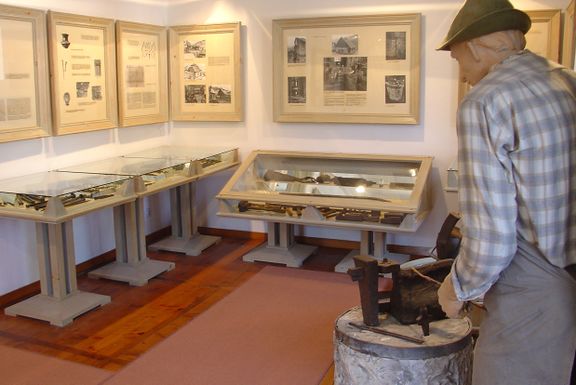
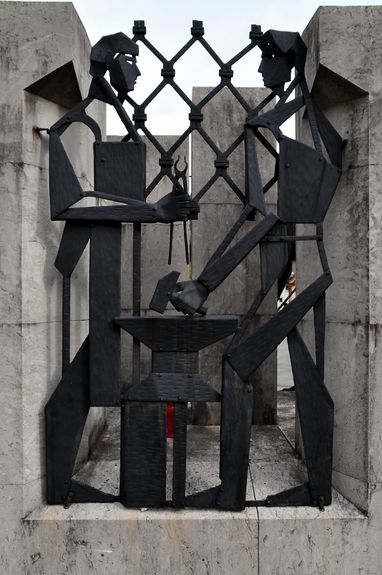

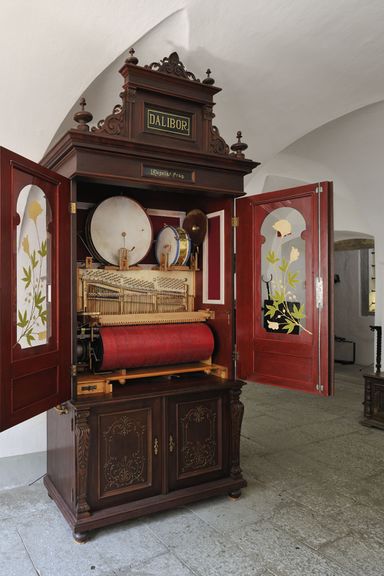
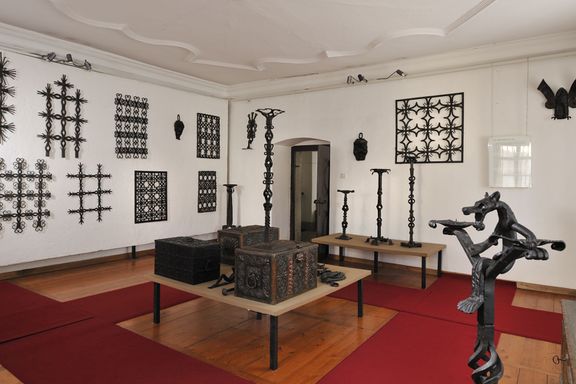
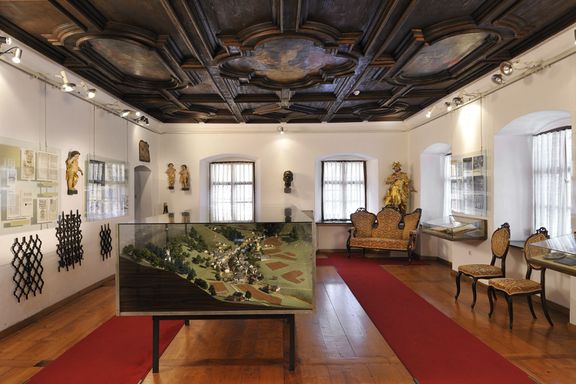
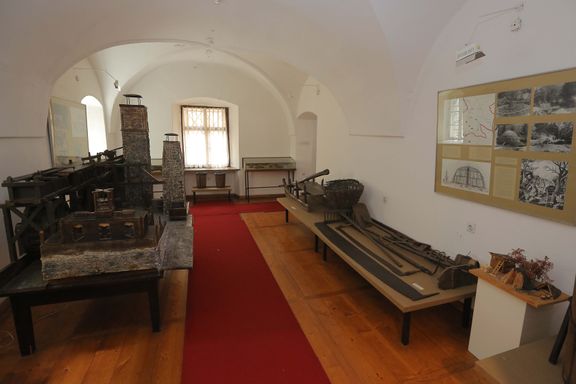
![Jože Plečnik]].](/images/thumb/7/76/Kropa_Iron_Forging_Museum_2017_A_souvenir_candlestick_following_Plecnik%27s_design_Photo_Gorazd_Kavcic.JPG/576px-Kropa_Iron_Forging_Museum_2017_A_souvenir_candlestick_following_Plecnik%27s_design_Photo_Gorazd_Kavcic.JPG)
